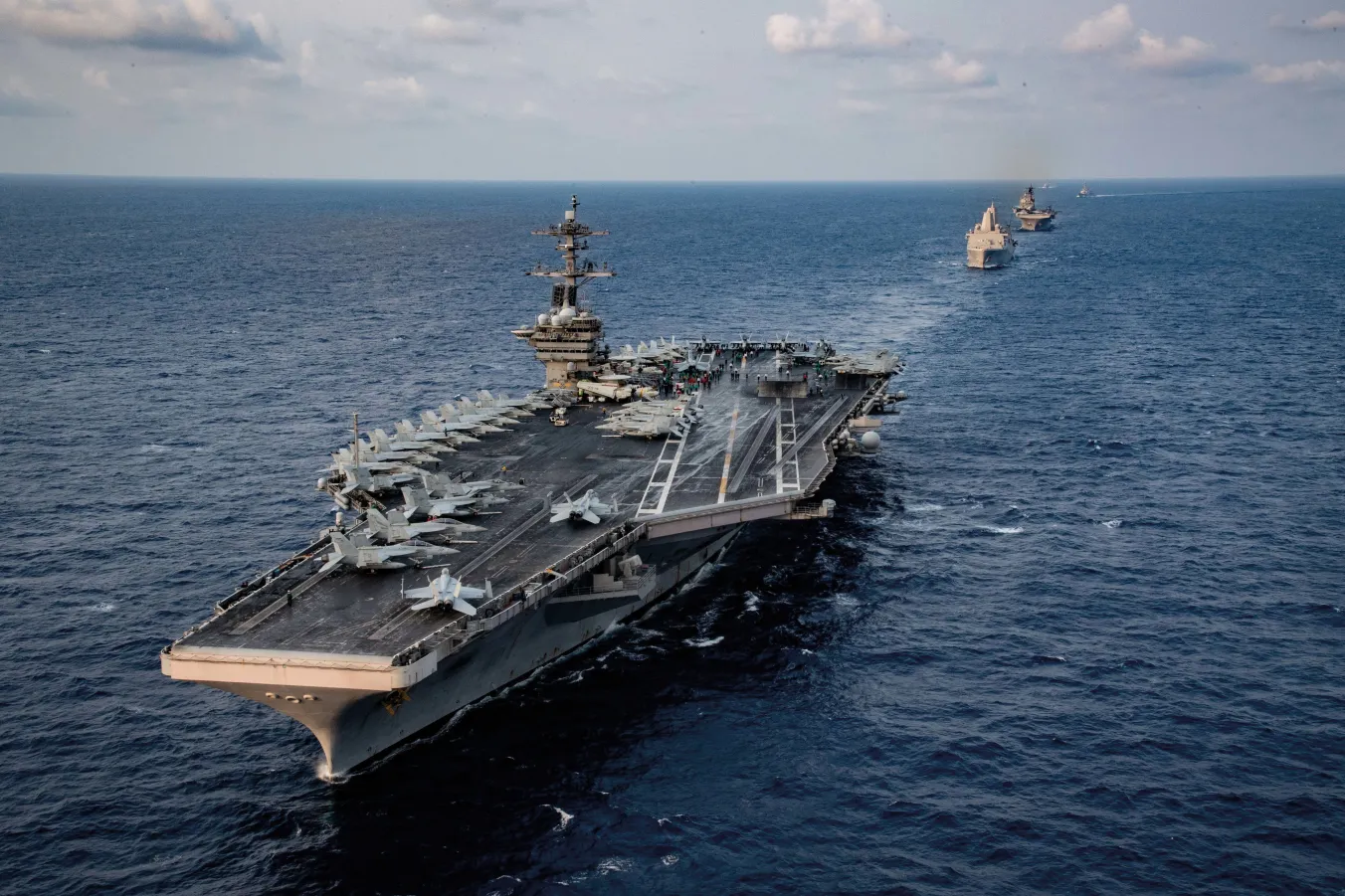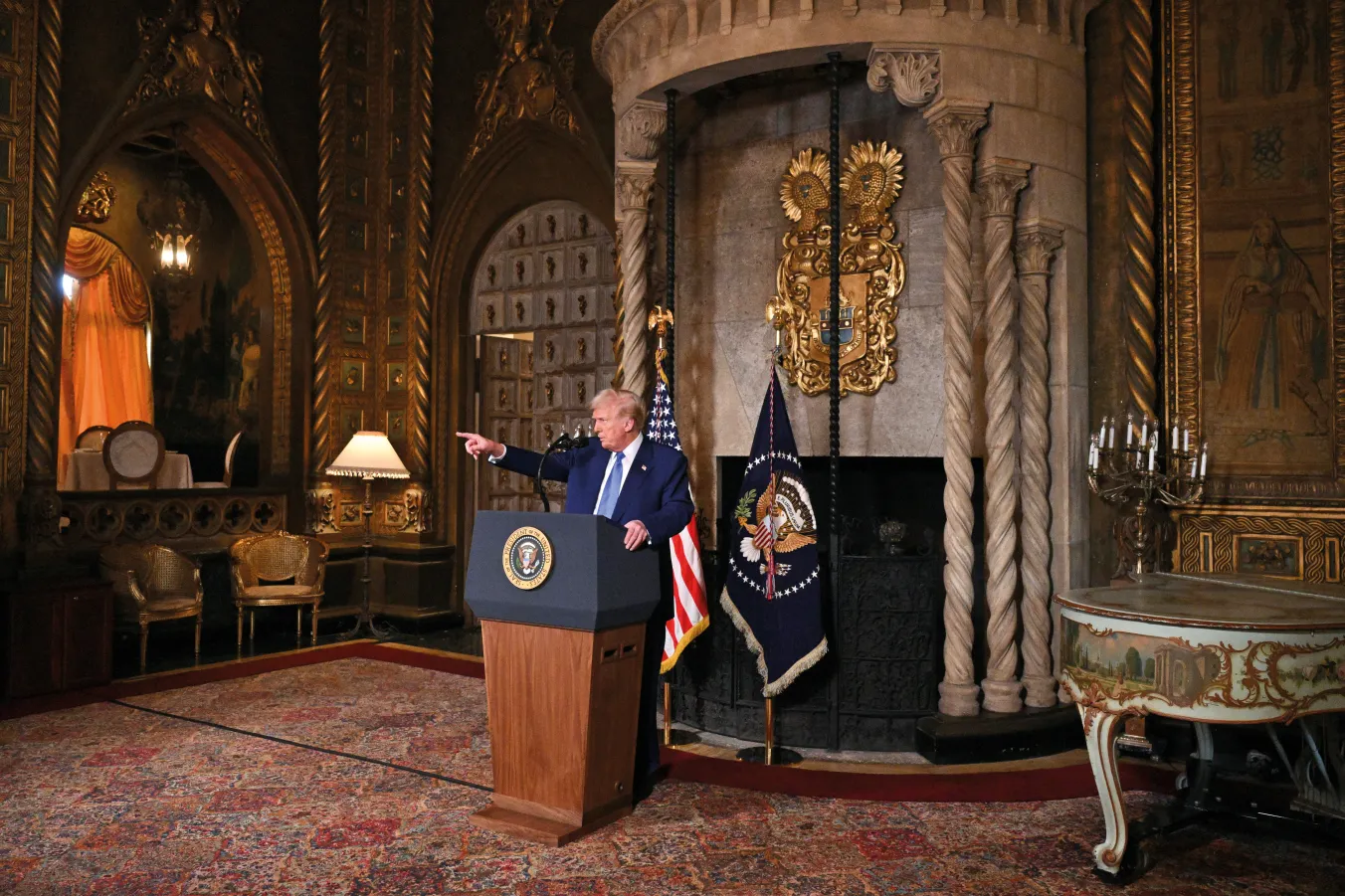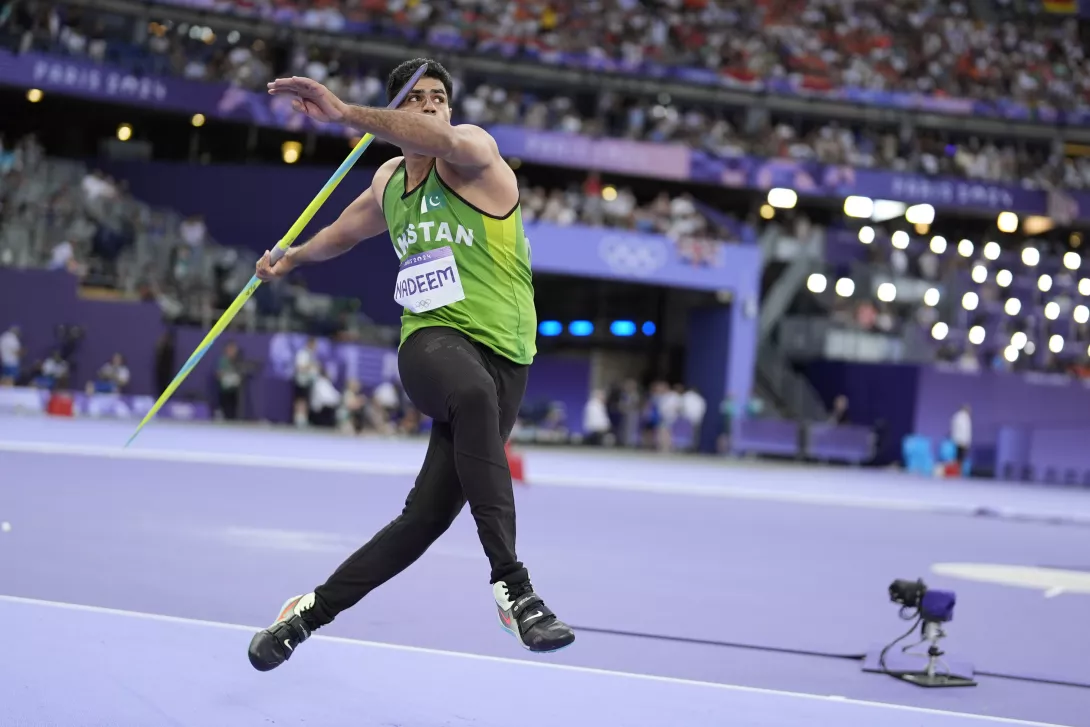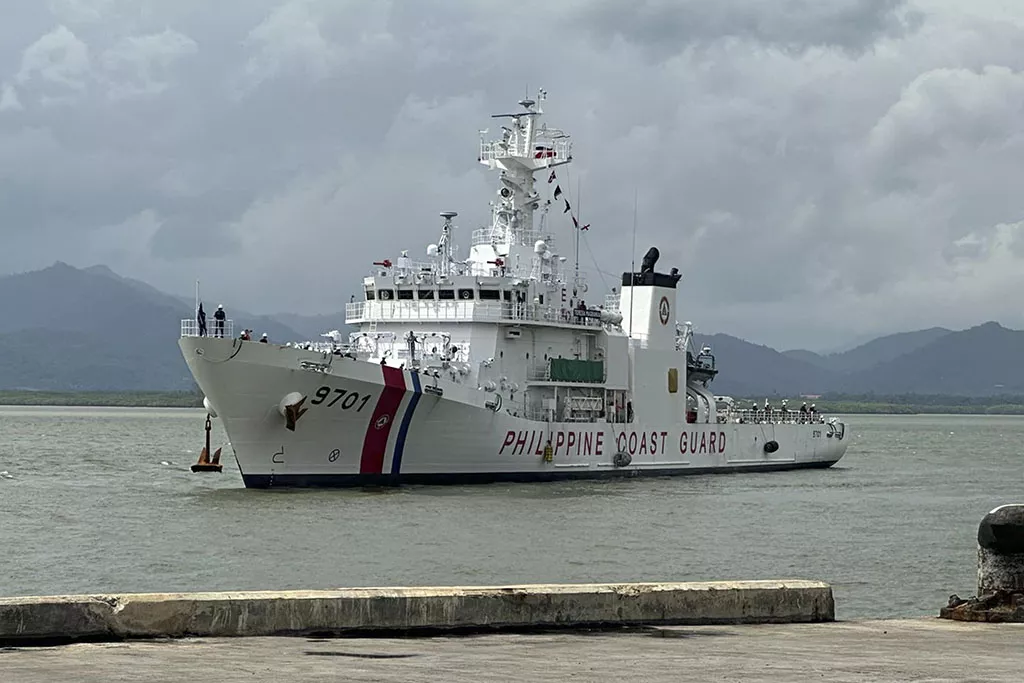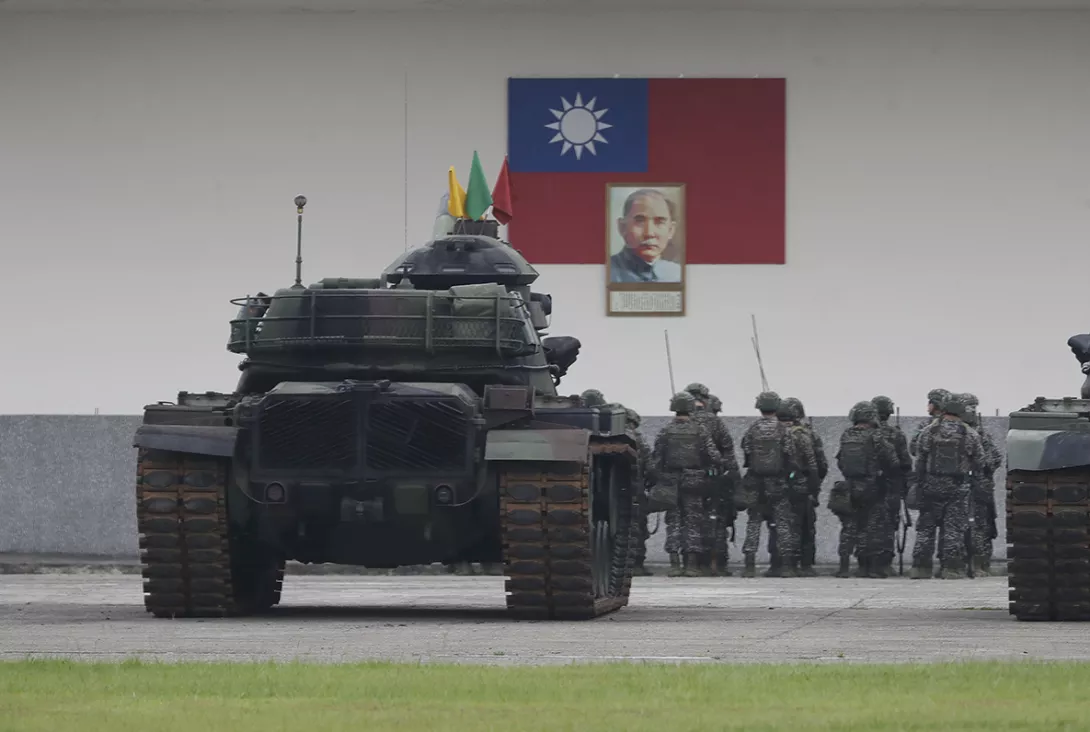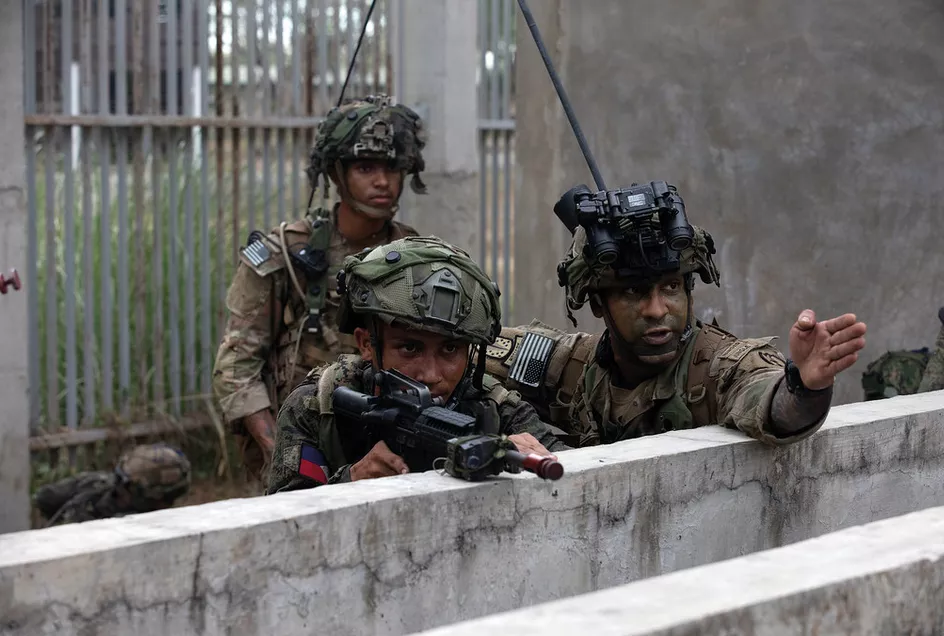
THE armed forces of the US, the Philippines, and several of their allies started a massive military exercise in the Philippines on Tuesday October 15, amid growing concerns of rising external intervention and possibility of conflict in the Asia-Pacific region.
The joint military drill named Kamandang will continue until October 25. It will involve over 2,300 armed personnel, mostly from the US and the Philippines, with their allies Japan, South Korea, Australia and Britain contributing smaller numbers. It coincides with a massive naval exercise involving the same set of countries at northern Luzon Island in the Philippines, Reuters reported.
Though the countries participating in the exercise denied it was targeted at any particular country and claimed it is a defensive annual event, in the context of growing US interventions in the region targeting China, rising tensions between China and the Philippines due to disputes over islands in the South China Sea, and the recent collision of Chinese and Filipino naval vessels in the region, the basic objectives of the exercise are under scrutiny.




